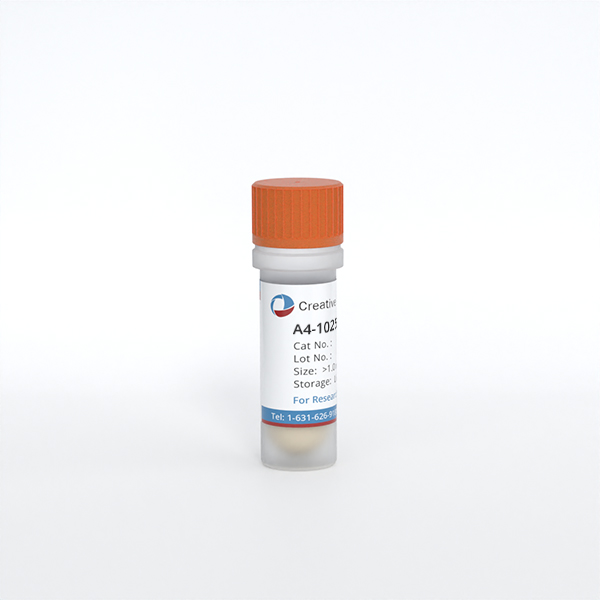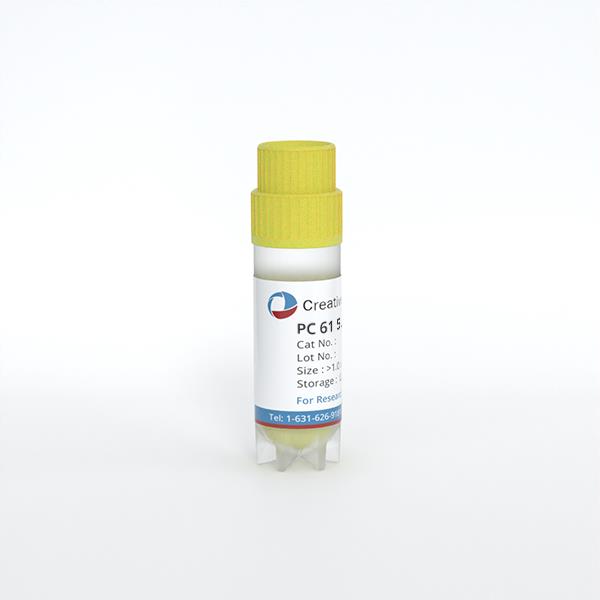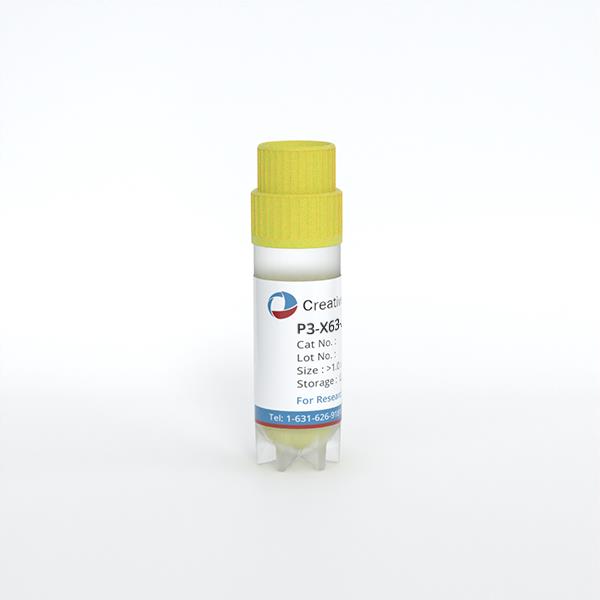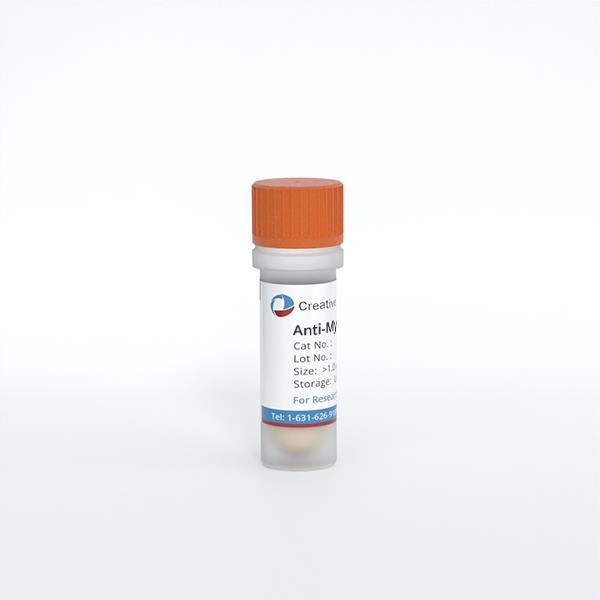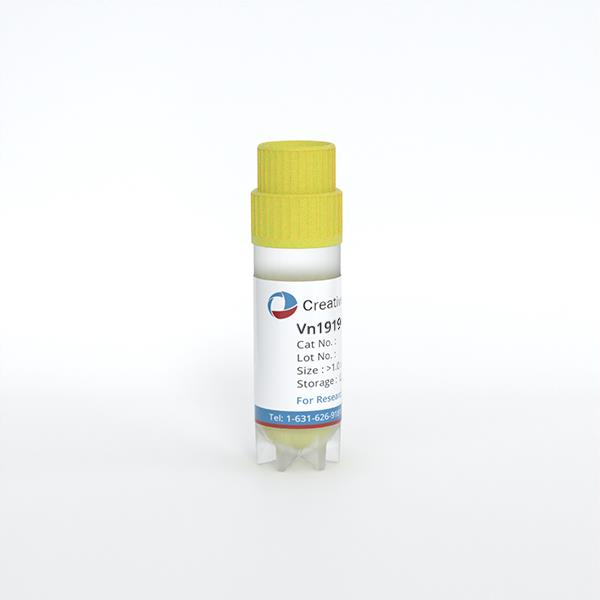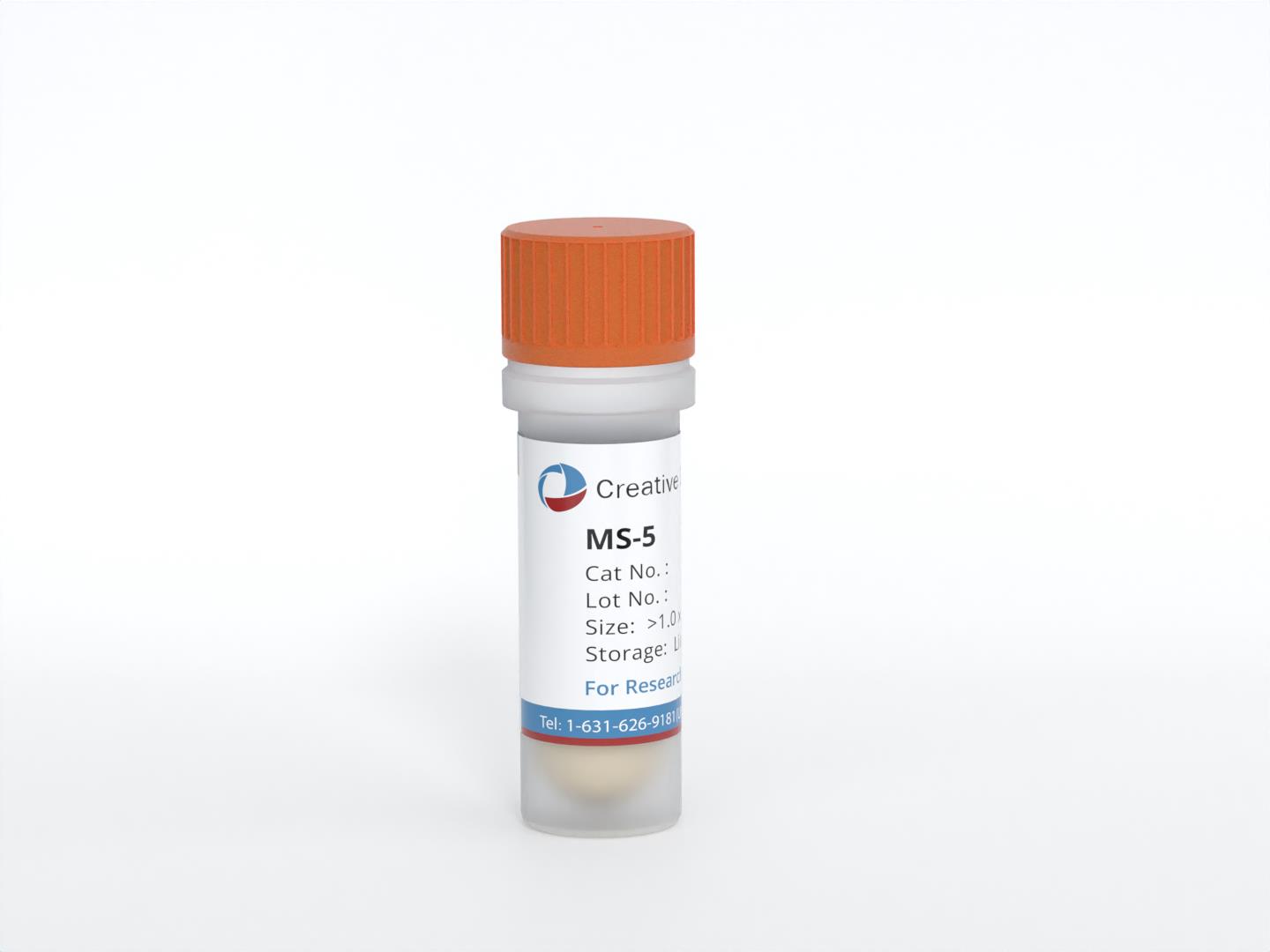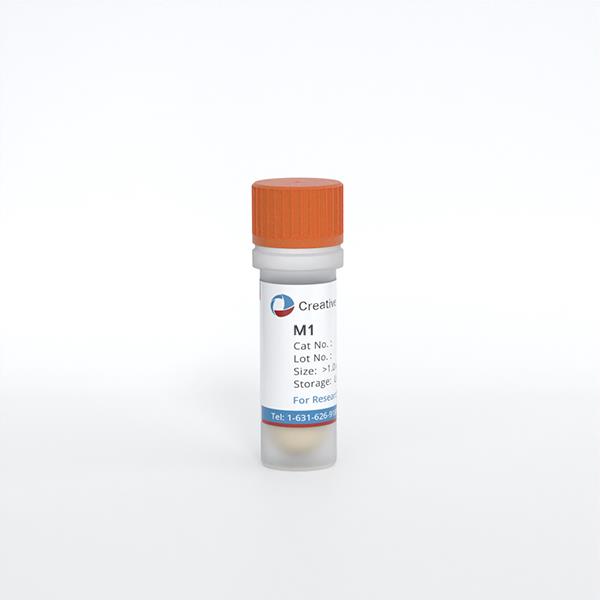
M1
Cat.No.: CSC-C9484L
Species: Mus musculus (Mouse)
Source: Bone Marrow
Morphology: Myeloblast
Culture Properties: Suspension
- Specification
- Q & A
- Customer Review
Cat.No.
CSC-C9484L
Description
Bone marrow from SL mouse with spontaneous myeloid leukemia was injected into isogenic mice and the cell line was established from the ensuing hyperplastic lymph nodes 14 days later by recloning on soft agar.
Species
Mus musculus (Mouse)
Source
Bone Marrow
Culture Properties
Suspension
Morphology
Myeloblast
Application
The M1 cell line has been used as a model for differentiation in the myeloid macrophage pathway and can be induced to become macrophage-like by a variety of stimulating agents including dexamethasone.
Disease
Mouse Myeloid Leukemia
Quality Control
Tests for mycoplasma, bacteria and fungi were negative
Storage and Shipping
Frozen with 52.5% RPMI-1640, 40% FBS, 7.5% DMSO at about 4-5 x 10^6 cells/ampoule; ship in dry ice; store in liquid nitrogen
Synonyms
M 1; M-1 myeloid leukemia
Citation Guidance
If you use this products in your scientific publication, it should be cited in the publication as: Creative Bioarray cat no.
If your paper has been published, please click here
to submit the PubMed ID of your paper to get a coupon.
Ask a Question
Write your own review
- You May Also Need
Related Products
Featured Products
- Adipose Tissue-Derived Stem Cells
- Human Neurons
- Mouse Probe
- Whole Chromosome Painting Probes
- Hepatic Cells
- Renal Cells
- In Vitro ADME Kits
- Tissue Microarray
- Tissue Blocks
- Tissue Sections
- FFPE Cell Pellet
- Probe
- Centromere Probes
- Telomere Probes
- Satellite Enumeration Probes
- Subtelomere Specific Probes
- Bacterial Probes
- ISH/FISH Probes
- Exosome Isolation Kit
- Human Adult Stem Cells
- Mouse Stem Cells
- iPSCs
- Mouse Embryonic Stem Cells
- iPSC Differentiation Kits
- Mesenchymal Stem Cells
- Immortalized Human Cells
- Immortalized Murine Cells
- Cell Immortalization Kit
- Adipose Cells
- Cardiac Cells
- Dermal Cells
- Epidermal Cells
- Peripheral Blood Mononuclear Cells
- Umbilical Cord Cells
- Monkey Primary Cells
- Mouse Primary Cells
- Breast Tumor Cells
- Colorectal Tumor Cells
- Esophageal Tumor Cells
- Lung Tumor Cells
- Leukemia/Lymphoma/Myeloma Cells
- Ovarian Tumor Cells
- Pancreatic Tumor Cells
- Mouse Tumor Cells
Hot Products
